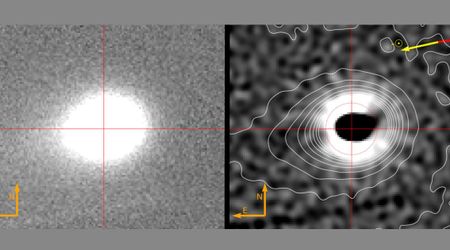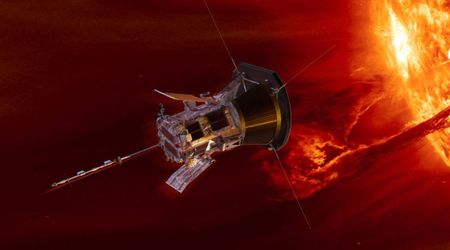$1.2 billion deal puts BAE Systems at the center of U.S. plans for new space-based missile-tracking satellites

The U.S. Space Force has awarded BAE Systems a substantial $1.2 billion contract to develop and deliver 10 missile-tracking satellites. These satellites will form a crucial part of the "Resilient Missile Warning Tracking Epoch 2" constellation, a program designed to establish a sophisticated missile-tracking network in Medium Earth Orbit (MEO). This initiative is a key focus for the U.S. defense planners, aiming to bolster defenses against rapidly evolving missile threats, particularly advanced hypersonic weapons. The contract was officially granted on May 29 to BAE Systems Space and Mission Systems through a firm fixed price Other Transaction Authority (OTA) agreement, as announced by the Space Systems Command on June 2. BAE Systems Space and Mission Systems, based in Broomfield, Colorado, was formerly known as Ball Aerospace before its acquisition by BAE Systems in 2024, as reported by SpaceNews.

The newly developed Resilient Missile Warning Tracking (MWT) satellites are engineered for comprehensive threat detection, capable of identifying everything from large, bright intercontinental ballistic missile launches to dim, maneuvering hypersonic missiles. These MWT satellites are designed for seamless integration into the broader national missile defense architecture. “This allows for additional resiliency in the missile warning and tracking satellite architecture,” explained Lt. Col. Brandon Castillo, who is the material leader at the Epoch 2 program office. These advanced satellites leverage sophisticated sensors to pinpoint the heat signatures of missile launches and meticulously track their trajectories, delivering crucial early warning and targeting data to national defense systems.

The initial delivery for the Epoch 2 program is slated for fiscal year 2029. This effort is part of a broader strategy by the Space Systems Command, in collaboration with the Space Development Agency and the Missile Defense Agency, to deploy more cost-effective satellites across both low and medium Earth orbits. The Epoch 2 program builds upon the foundation of Epoch 1, which represents the first phase of the Medium Earth Orbit (MEO) missile warning and tracking constellation. Millennium Space Systems is currently developing 12 satellites for Epoch 1, with projected launches in late 2026 and 2027. The Space Systems Command had initiated the request for a prototype proposal for Epoch 2 in August 2024, as mentioned on SpaceNews.
The Medium Earth Orbit (MEO) satellite constellation will serve as a key part of the Department of Defense's multi-orbit layered missile defense architecture, a strategy outlined in the Trump administration's Golden Dome initiative. As a leading provider of advanced solutions, BAE Systems offers some of the most sophisticated, technology-led defense, aerospace and security products globally. The company supports its clients in outmaneuvering threats that evolve across land, sea, air, cyber, and space.









